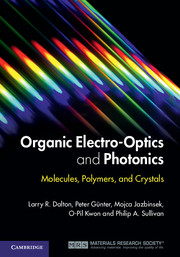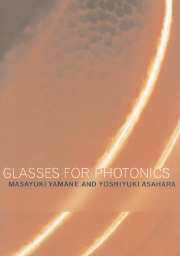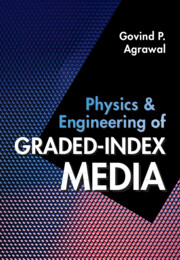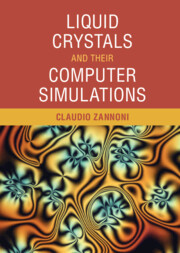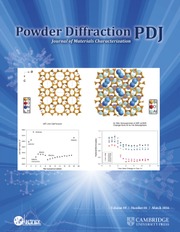Organic Electro-Optics and Photonics
Molecules, Polymers, and Crystals
$100.00 (C)
- Authors:
- Larry R. Dalton, University of Washington
- Peter Günter, Swiss Federal University (ETH), Zürich
- Mojca Jazbinsek, Rainbow Photonics AG, Zürich
- O-Pil Kwon, Ajou University, Republic of Korea
- Philip A. Sullivan, Montana State University
- Date Published: October 2015
- availability: Available
- format: Hardback
- isbn: 9780521449656
$
100.00
(C)
Hardback
Other available formats:
eBook
Looking for an examination copy?
This title is not currently available for examination. However, if you are interested in the title for your course we can consider offering an examination copy. To register your interest please contact [email protected] providing details of the course you are teaching.
-
This definitive guide to modern organic electro-optic and photonic technologies provides critical insight into recent advances in organic electro-optic materials, from the underlying quantum and statistical concepts through to the practical application of materials in modern devices and systems. • Introduces theoretical and experimental methods for improving organic electro-optic and photonic technologies • Reviews the central concepts of nonlinear optics, focusing on multi-scale theoretical methods • Provides clear insight into the structure and function relationships critical to optimizing the performance of devices based on organic electro-optic materials. Serving as a primer for the systematic nano-engineering of soft matter materials, this is an invaluable resource for those involved in the development of modern telecommunication, computing, and sensing technologies depending on electro-optic technology. It is also an indispensable work of reference for academic researchers and graduate students in the fields of chemistry, physics, electrical engineering, materials science and engineering, and chemical engineering.
Read more- Discusses issues related to the utilization of organic electro-optic materials for device development including silicon photonics
- Provides a comprehensive treatment of all classes of organic electro-optic materials
- Covers 2nd order nonlinear optical effects such as frequency doubling, optical rectification, and difference frequency generation, as well as applications of electro-optic technologies such as photorefractivity
Reviews & endorsements
"The book is very clearly written and is beautifully illustrated. It deserves to be read by anybody working in photonics."
Mircea Dragoman, Optics and Photonics NewsSee more reviews' … very useful comparisons of organic and inorganic materials and the impact of competing technologies. … This book is useful as a reference book for researchers and graduate students interested in all aspects of organic nonlinear optics.' Thomas M. Cooper, Materials Research Society Bulletin
Customer reviews
Not yet reviewed
Be the first to review
Review was not posted due to profanity
×Product details
- Date Published: October 2015
- format: Hardback
- isbn: 9780521449656
- length: 300 pages
- dimensions: 253 x 182 x 18 mm
- weight: 0.74kg
- contains: 177 b/w illus. 18 tables
- availability: Available
Table of Contents
1. Introduction
2. Nonlinear optical effects
3. Electro-optic effects
4. Molecular nonliner optics
5. Acentric self-assembled films
6. Crystalline materials
7. Electrically poled organic materials and thermo-optic materials
8. Overview of applications
9. Organic electro-optic waveguides, switches, and modulators
10. Nonliner optical infrared and terahertz frequency conversion
11. Photorefractive effect and materials
12. Conclusions and future prospects.
Sorry, this resource is locked
Please register or sign in to request access. If you are having problems accessing these resources please email [email protected]
Register Sign in» Proceed
You are now leaving the Cambridge University Press website. Your eBook purchase and download will be completed by our partner www.ebooks.com. Please see the permission section of the www.ebooks.com catalogue page for details of the print & copy limits on our eBooks.
Continue ×Are you sure you want to delete your account?
This cannot be undone.
Thank you for your feedback which will help us improve our service.
If you requested a response, we will make sure to get back to you shortly.
×
